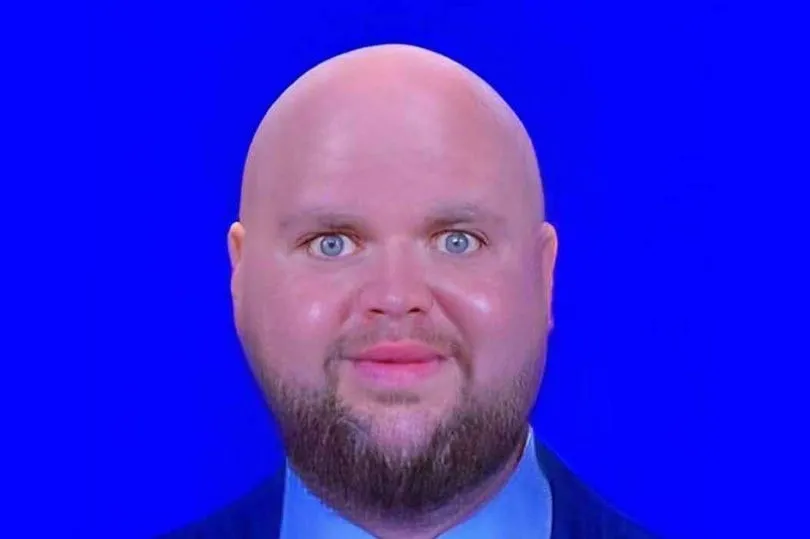With all the discussion around the adolescent mental health crisis, a prime suspect has gone relatively unnoticed: sleep.
I have treated thousands of youths struggling with mental illness over the past 25 years. As a child and adolescent psychiatrist, I have observed a remarkable shift in their everyday habits thanks to screen time. A 2021 report from Common Sense Media found that people between the ages of 13 and 18 spend almost nine hours a day looking at screens.
These additional hours of screen time have come at the expense of a variety of other activities: socializing in person, chores, employment, reading books, physical activity, and most importantly, sleep. Studies confirm that teens now sleep less than before smartphones took over our lives, while their biological need for sleep has remained unchanged. Two-thirds of adolescents fail to get the minimum eight hours their minds need on most school nights, with Black and male teens sleeping the least. According to the National Science Foundation, 70% of American high school students get less than eight hours of sleep per night, or less time than they spend looking at screens.
Dozens of studies have proven how screen habits lead to poor sleep. Screen time impairs sleep in five ways.
First, kids stay up later because they prefer screen media over going to bed. Second, video games and social media increase autonomic arousal (it riles them up), delaying sleep onset even after the device is turned off. Third, many teens lie in bed during daylight hours to engage with their phone or tablet, deconditioning the body to fall asleep in bed when they want to. Fourth, notifications — typically messages from insomniac peers looking for company — often wake teens from sleep at night. Others plan middle-of-the-night awakenings to go online undisturbed by parents who assume they’re asleep. Fifth, the blue light emitted by screens at night tricks the suprachiasmatic nucleus into believing it is daytime, further disrupting a teen’s sensitive sleep-wake cycle.
Sleep-deprived adolescents sometimes fall asleep in school, but more often, nap after school and crash on the weekend, temporarily meeting their sleep debt but failing to undo most of the related damage. That damage is considerable. Sleep deprivation impairs learning considerably, strongly predicting declining grades. It also predisposes youth to depression, anxiety, suicidality, and obesity. Multiple studies confirm that the relationship between screen time and poor mental health is related to its negative effect on sleep. The lack of sleep that results from teens’ nighttime social media and video game engagement may be the most important single cause of the adolescent mental health crisis.
Why then, does adolescent sleep receive so little attention in the news media? One reason is that the effect of insomnia on mental health is insidious. Teens and their parents often fail to connect an onset of depression and anxiety with a decline in their sleep habits. Many depressed youths value time spent on screen entertainment late at night because the entertainment provides temporary relief from their growing daily distress. They are unaware, though, that their solution ultimately exacerbates the problem.
A decade ago, it was not uncommon for teens with insomnia to ask me to prescribe sleep medication. More often than not, removing screens from their room at night resolved their insomnia without requiring pills.
But increasingly I find teens don’t really want to give sufficient time to sleep. They prefer nighttime smartphone use to a reasonable bedtime, refusing parental rules and even sleep medication lest it interfere with their favorite activity. When I was working with a boy who would stay up all night in his room playing video games, I suggested to his mother that she move his gaming console into the living room. She did it, but to my surprise, he was sleeping no better. Then she clarified what was happening: “He never goes into his room anymore, just spends all night gaming in the living room.”
While screens may seem inseparable from modern adolescence, we must not ignore the mounting evidence that nighttime screen use exacts a terrible toll on mental health. Teens must be educated about the importance of adequate sleep, and how screens can get in the way. Many lack the insight, perspective, and willpower to manage screen time on their own, but parents can help by setting a bedtime that allows for nine hours of sleep per night and restricting all access to screens until morning. Often this means banning screens from the bedroom completely, charging phones in the parents’ bedroom overnight, and deactivating Wi-Fi automatically each evening. Parents might bristle at this because they want to use their devices, too, but this offers a chance for parents to set an example by moderating their own screen habits. Prioritizing sleep will help children and teens lead healthy lives in this media-saturated world. Sometimes the best therapy of all is a good night’s rest.
This essay is adapted from a chapter written by Paul Weigle and edited by Naomi Schaefer Riley and Sally Satel in the edited volume “Mind the Children: How to Think About the Youth Mental Health Collapse.”
Paul Weigle, M.D., is a board-certified child and adolescent psychiatrist, associate medical director at Natchaug Hospital, and associate professor of psychiatry at UConn School of Medicine.
Have an opinion on this essay? Submit a letter to the editor.
